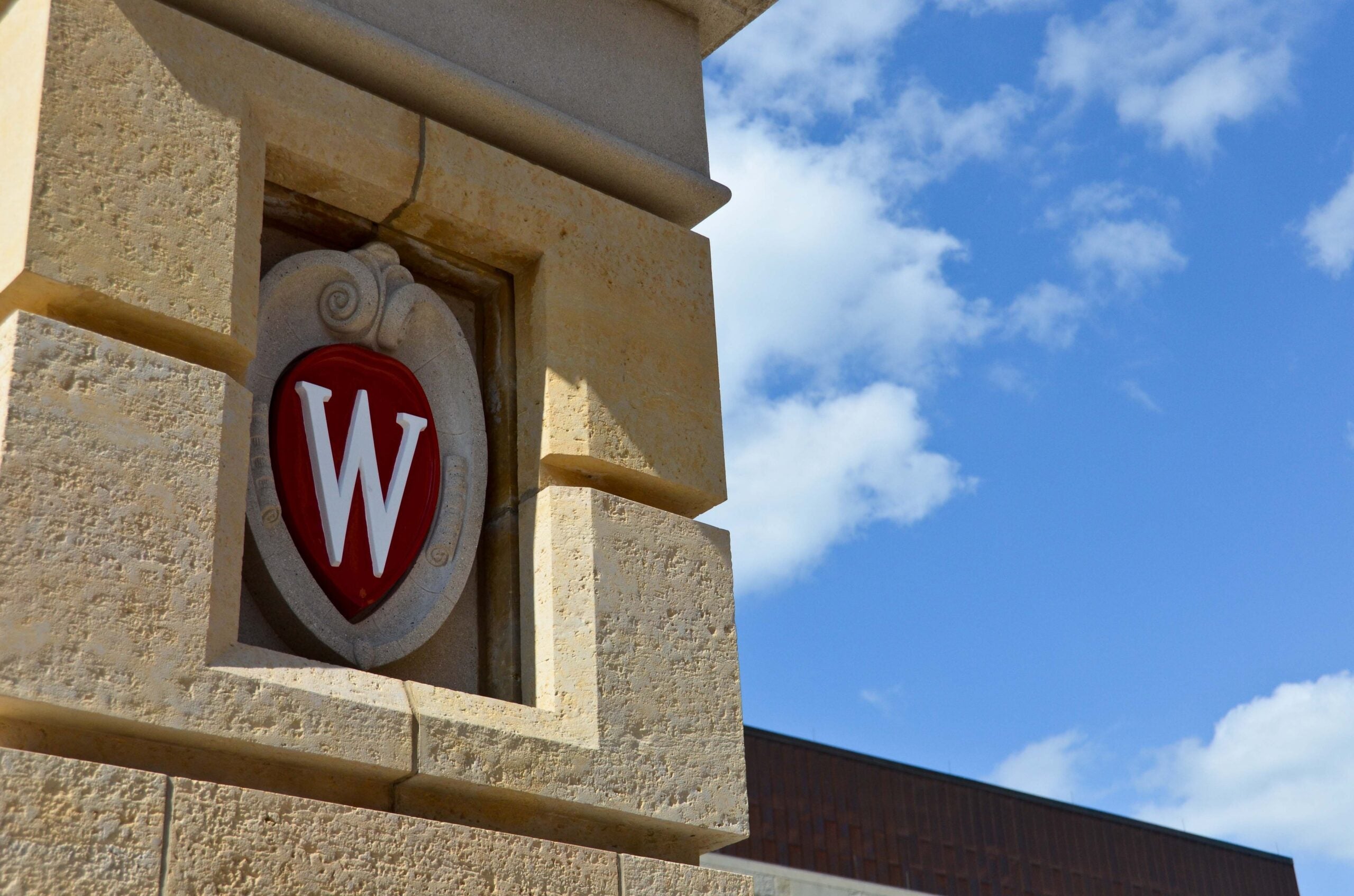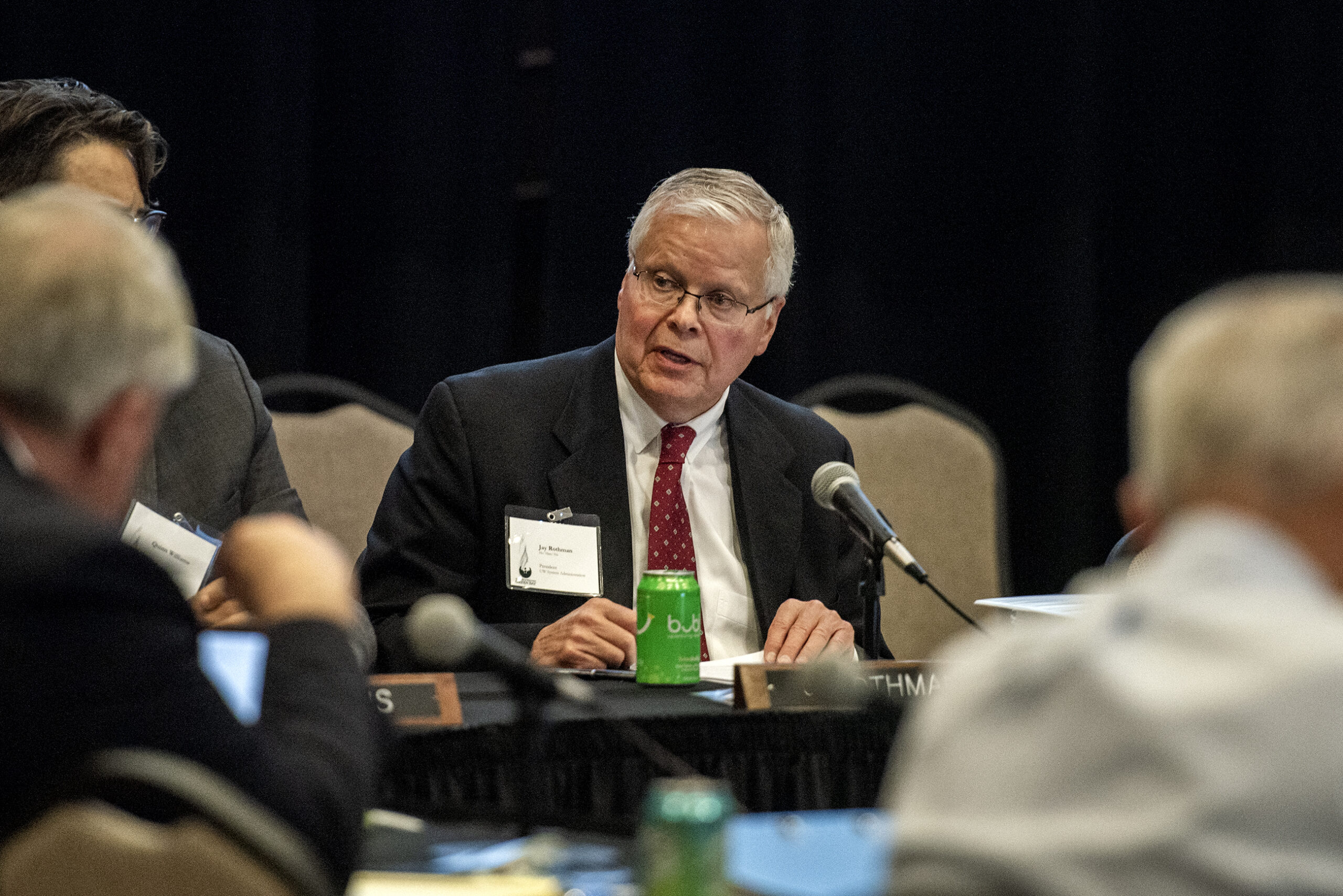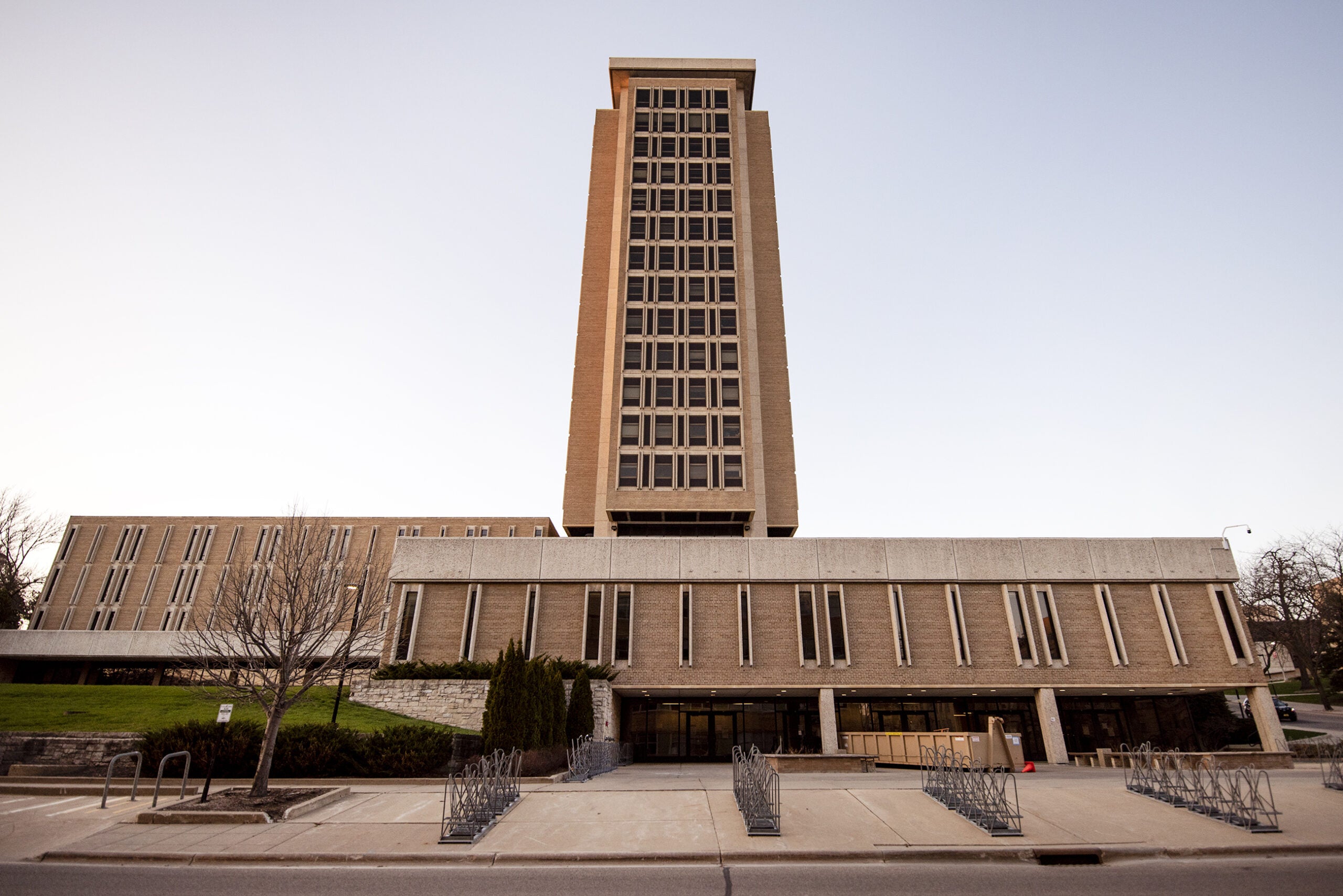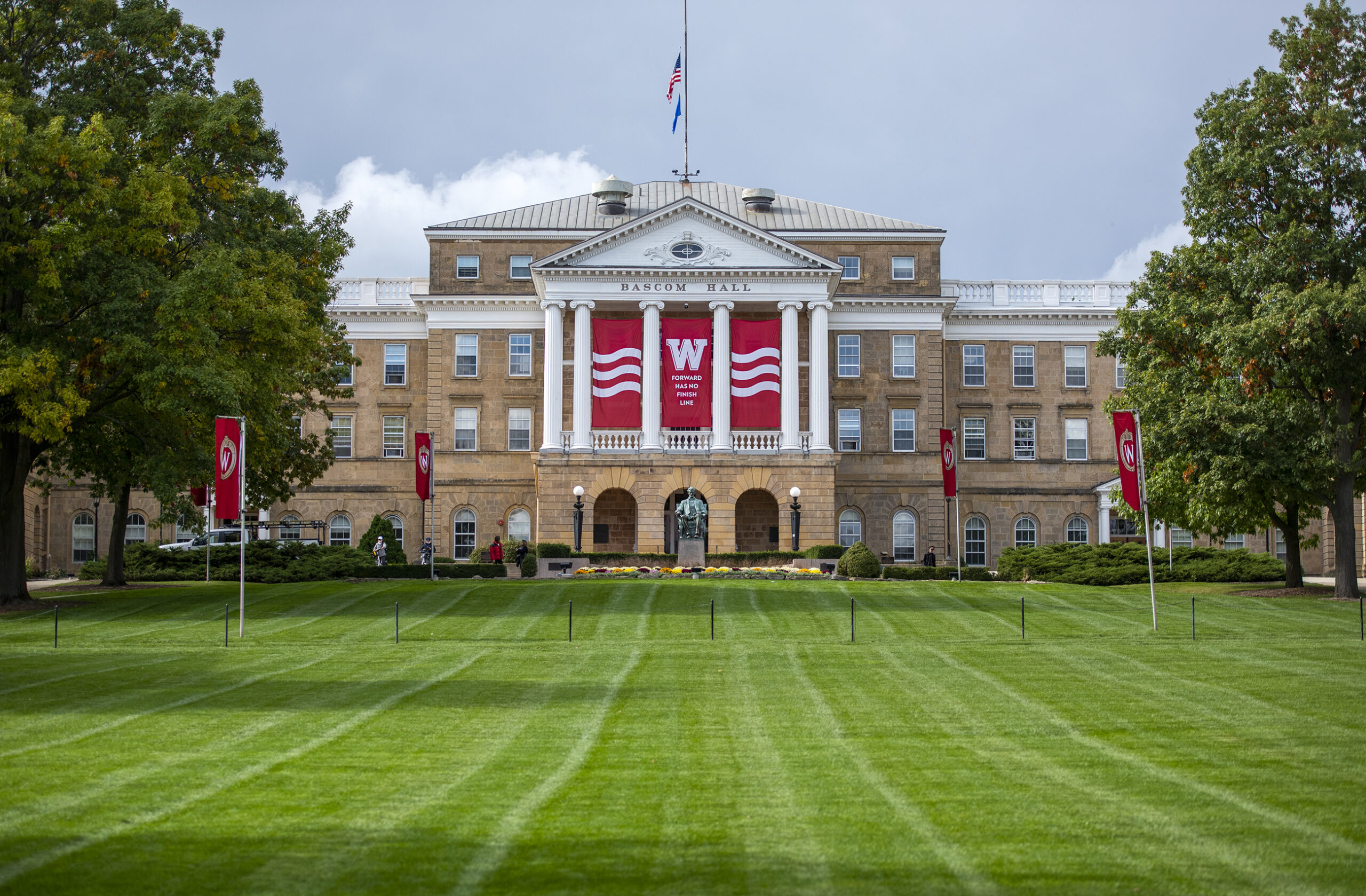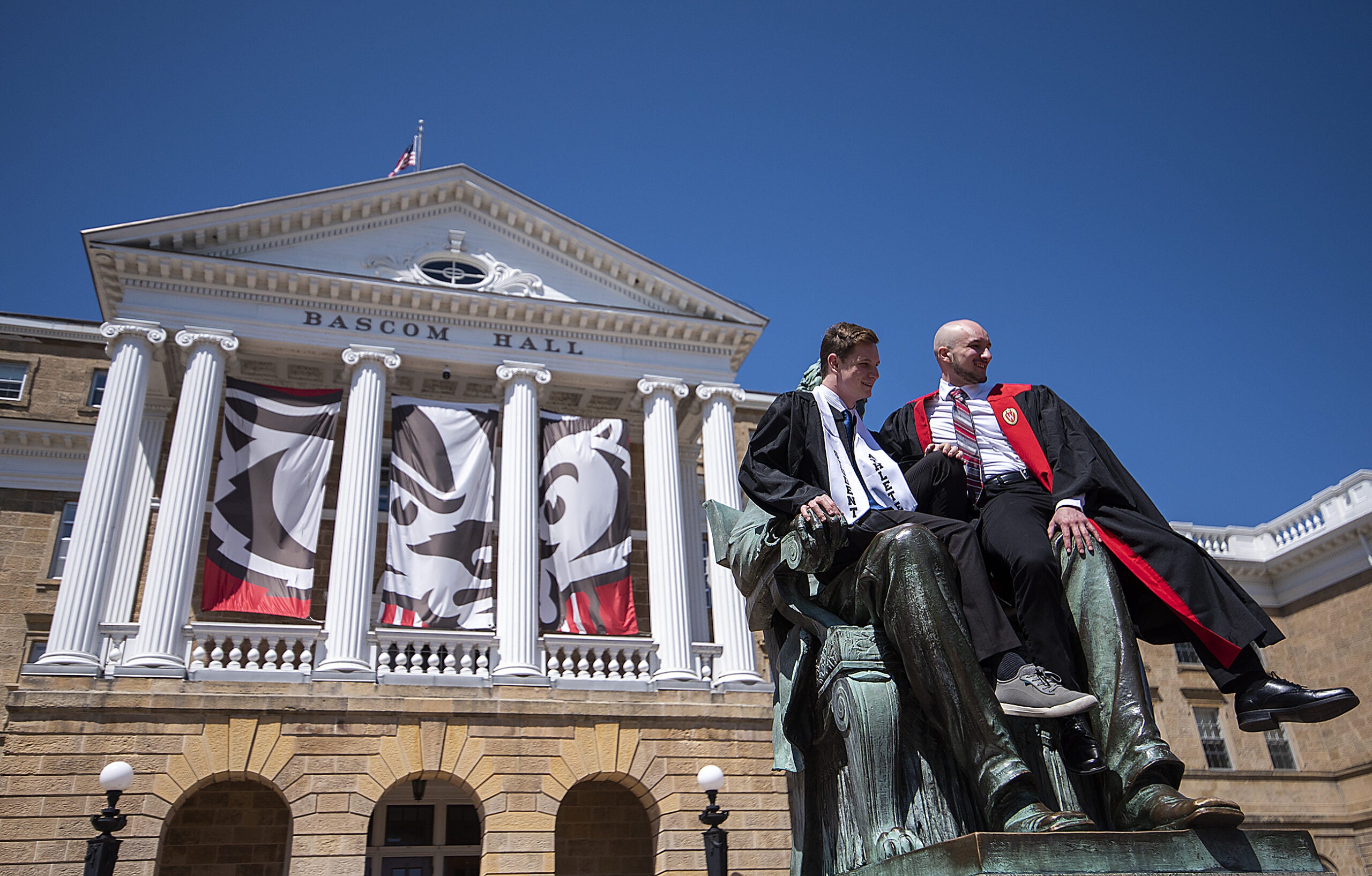The University of Wisconsin-Madison wants to increase the minimum number of Wisconsin students it must enroll. But Chancellor Rebecca Blank says she’s not trying to increase the number of Wisconsin students that are enrolled. Rather, she’s seeking to change how “in-state” students are defined.
In 2015, the UW Board of Regents lifted a cap on the number of out-of-state undergraduate students UW-Madison could enroll. The cap on out-of-state students was 27.5 percent. In September, it was reported that Wisconsin students made up only 50.3 percent of it’s 2019 freshman class.
At the same time that Regents lifted Madison’s cap on out-of-state students, they set a new requirement that at least 3,200 of the campus’ freshmen be from Wisconsin. This year, UW-Madison reported enrolling 3,817 in-state freshmen. The enrollment cap waver is set to expire at the end of the 2019-2020 school year.
Stay informed on the latest news
Sign up for WPR’s email newsletter.
In a November letter to the Board of Regents, UW-Madison Chancellor Rebecca Blank urged the board to increase the minimum Wisconsin student requirement to 5,200 per year based on a three-year rolling average. But Blank also asked regents to include in-state transfer students and Minnesota students studying at UW-Madison through a Minnesota-Wisconsin tuition reciprocity program. Blank’s letter to regents said Minnesota students participating in the reciprocity agreement are already “treated as in-state students for admissions purposes.”
During Thursday’s UW Board of Regents meeting at UW-Whitewater, Blank told members that updating Madison’s enrollment policy is necessary to provide a “fuller sense of (what) our commitment to the state is.”
“One of my concerns with our current policy is it just focuses on these incoming freshman from Wisconsin,” said Blank. “It ignores transfers and transfers are an important commitment to the state. It ignores people who start in the spring and we’ve got increasing people who are enrolling off-cycle. And it ignores reciprocity.”
UW-Madison enrollment data provided by Blank show that if new Wisconsin freshmen, transfers and Minnesota reciprocity students are treated as in-state students the campus has met the proposed 5,200 minimum each year since 2016.
Regents on the board’s Education Committee unanimously approved Blank’s Request to change the policy. The full board will vote on the measure Friday.
Blank’s letter mentioned potential impacts on other UW System campuses caused by increases of in-state enrollment at the flagship institution.
“As Madison takes a greater share of Wisconsin high school graduates, pressures on the other campuses in the System only increase,” wrote Blank. “While we will continue to meet this number for incoming freshmen in the fall, it would be difficult to increase it.”
In an interview with WPR Blank said she’s not trying to increase the number of Wisconsin students that Madison enrolls.
“I’m basically trying to basically codify what we’ve been doing, which is not just the 3,600 enrollment of Wisconsin freshmen but a substantial number of transfers, an increasing number of off-cycle enrollees that come in the spring and recognizing that reciprocity very much affects our Wisconsin numbers, and we should be treating Minnesota and Wisconsin students alike under the reciprocity agreement,” said Blank.
Blank said the goal is to maintain current enrollment trends at UW-Madison.
“The regents feel quite strongly that the flagship and given our ability to enroll a constant number of students, which we’ve not faced those sorts of declining enrollment pressure, should continue to do that,” she said.
According to UW-System enrollment data from this fall, UW-Madison’s total enrollment increased by 2 percent compared with fall of 2018. Enrollment at most other UW campuses declined during the same period.
At UW-Platteville, enrollment declined by more than 6 percent this fall compared with fall of 2018. UW-Platteville Chancellor Dennis Shields said he’s not concerned about the proposed increase in Madison’s in-state enrollment requirement.
“Whatever it takes for the University of Wisconsin-Madison to stay healthy doesn’t necessarily mean it’s to the detriment of the rest of the system,” said Shields. “And actually, their enrollment of more non-residents may free up resources for other schools in the system.”
But Shields said if more Wisconsin students go to UW-Madison amid a declining number of high-school graduates, there is an impact.
“Of course, when the flagship institution takes more residents of Wisconsin it’s going to have a sort of ripple effect across the rest of the system,” said Shields. “But the demographic challenge we face is not driven just by that.”
Shields said because much of UW-Plattevilles budget is driven by tuition the campus will have to identify a sustainable level of enrollment “and then budget to that number.”
Wisconsin Public Radio, © Copyright 2024, Board of Regents of the University of Wisconsin System and Wisconsin Educational Communications Board.

